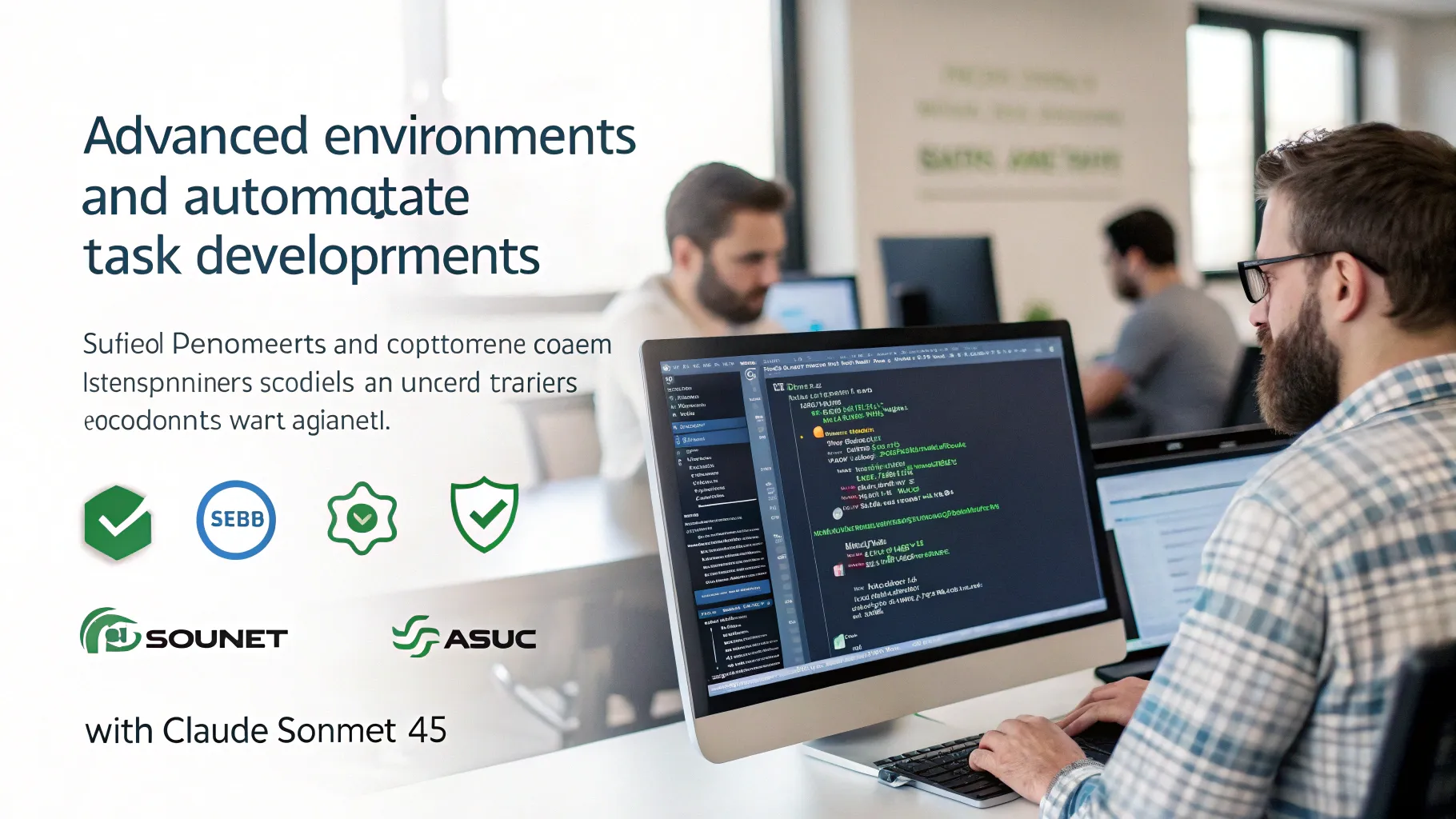Anthropic introduced a new Claude model called Sonnet 4.5, highlighting advances in software development help and autonomous task execution. The update arrives as companies seek tools that write code, fix bugs, and run longer multi-step workflows. The company framed the release as a step toward more dependable assistants that carry out instructions with less oversight.
“Anthropic’s latest Claude model, Sonnet 4.5, makes gains in coding and autonomous task completion.”
The launch adds pressure in a tight race among AI providers to deliver faster and more useful models for developers and enterprises. It also raises questions about safety, reliability, and the limits of automation in day-to-day work.
How We Got Here
Anthropic has iterated on its Claude family with a steady focus on reasoning, coding support, and safety features. Earlier versions aimed to reduce hallucinations and follow instructions more reliably. Sonnet models typically serve as mid-tier options that strike a balance between speed and capability for everyday workloads. That positioning made prior releases popular for documentation, coding help, and data analysis.
Demand for code-capable assistants has increased as teams strive to ship features more quickly and manage complex codebases. Companies use AI to draft functions, write tests, and convert legacy code. They also ask assistants to manage routine tasks like dependency updates and log triage. Sonnet 4.5 arrives in that use case, where accuracy and follow-through matter more than raw model size.
What’s New in Coding
Anthropic says Sonnet 4.5 improves at reading and modifying larger files, tracking state across steps, and suggesting fixes that compile. Gains in these areas can reduce the handholding users often provide to earlier models. When a tool can map a project, propose a patch, and explain trade-offs, developers save time on setup and review.
Better error handling also matters. Real-world coding involves messy build systems and shifting requirements. A model that can diagnose stack traces, recall prior attempts, and try another path is more useful in production work.
Autonomous Task Completion
The update emphasizes longer, multi-step workflows with less intervention. That includes planning, tool use, and progress checks. In practice, this can
involve scheduling jobs, reconciling results across systems, and escalating when discrepancies arise. For teams, the value is consistent follow-through and fewer stalls on routine tasks.
Still, there are limits. Long chains can drift without guardrails. Clear goals, access controls, and audit logs remain essential. Enterprises will watch how Sonnet 4.5 handles edge cases, permissions, and recovery when inputs change mid-run.
Benefits and Risks for Enterprises
Companies testing AI coding support often track three outcomes: time saved, error rates, and developer satisfaction. If Sonnet 4.5 reduces back-and-forth and improves success on the first pass, teams may see shorter cycle times. If it produces cleaner diffs and clearer rationales, code review can move faster.
- The time-to-fix for common bugs could decrease with improved diagnostics.
- On-call teams may gain faster root-cause analysis and remediation steps.
- Documentation quality can improve through the use of consistent, AI-generated summaries.
Risk
management remains a priority. Organizations will look for controls that prevent unsafe actions, protect sensitive information, and maintain traceability of outputs. Human review stays vital for production changes, especially in regulated environments.
Competitive Context
Rivals have also pushed
coding and agent features, pairing larger context windows with tool use and planning skills. The contest now hinges on reliability, cost, and how well models perform within developer workflows. Integrations with version control, issue trackers, and CI systems are key. Sonnet 4.5 will be judged on how it fits into these pipelines and whether it reduces toil without adding overhead to oversight.
What to Watch Next
Early adopters will test Sonnet 4.5 on real repositories, measuring compile success, test pass rates, and time saved. They will also probe how the model coordinates multi-step tasks under changing conditions. Transparent reporting, rollback steps, and escalation behavior will influence trust.
If results hold, teams may shift more routine fixes and maintenance to
automated runs supervised by humans. If not, the
model will find a place as a strong assistant rather than a semi-autonomous operator.
Anthropic’s update signals a push for dependable execution, not just raw intelligence. The next few months will determine whether Sonnet 4.5 can deliver on that promise by yielding repeatable gains across diverse codebases and enterprise workflows.






